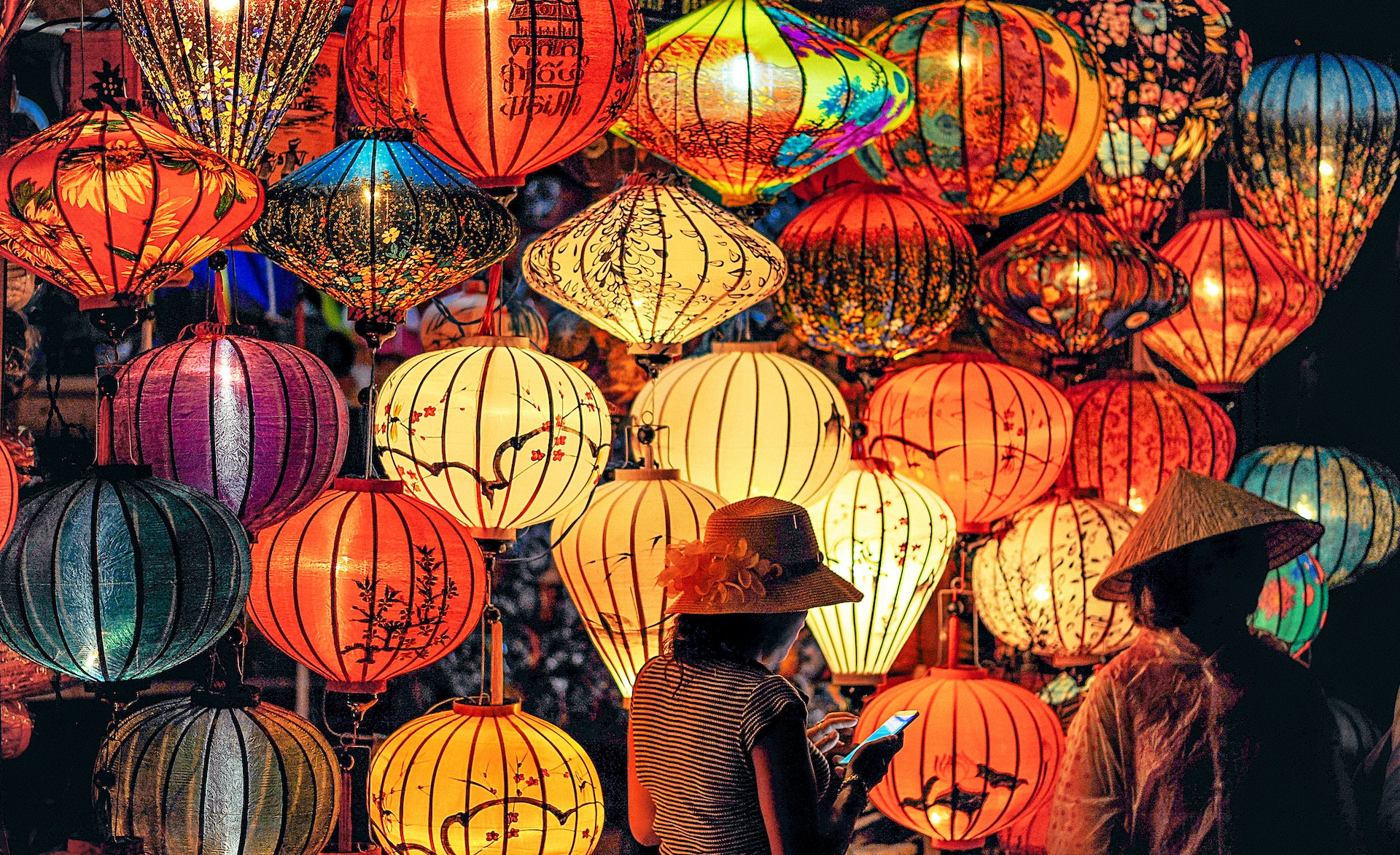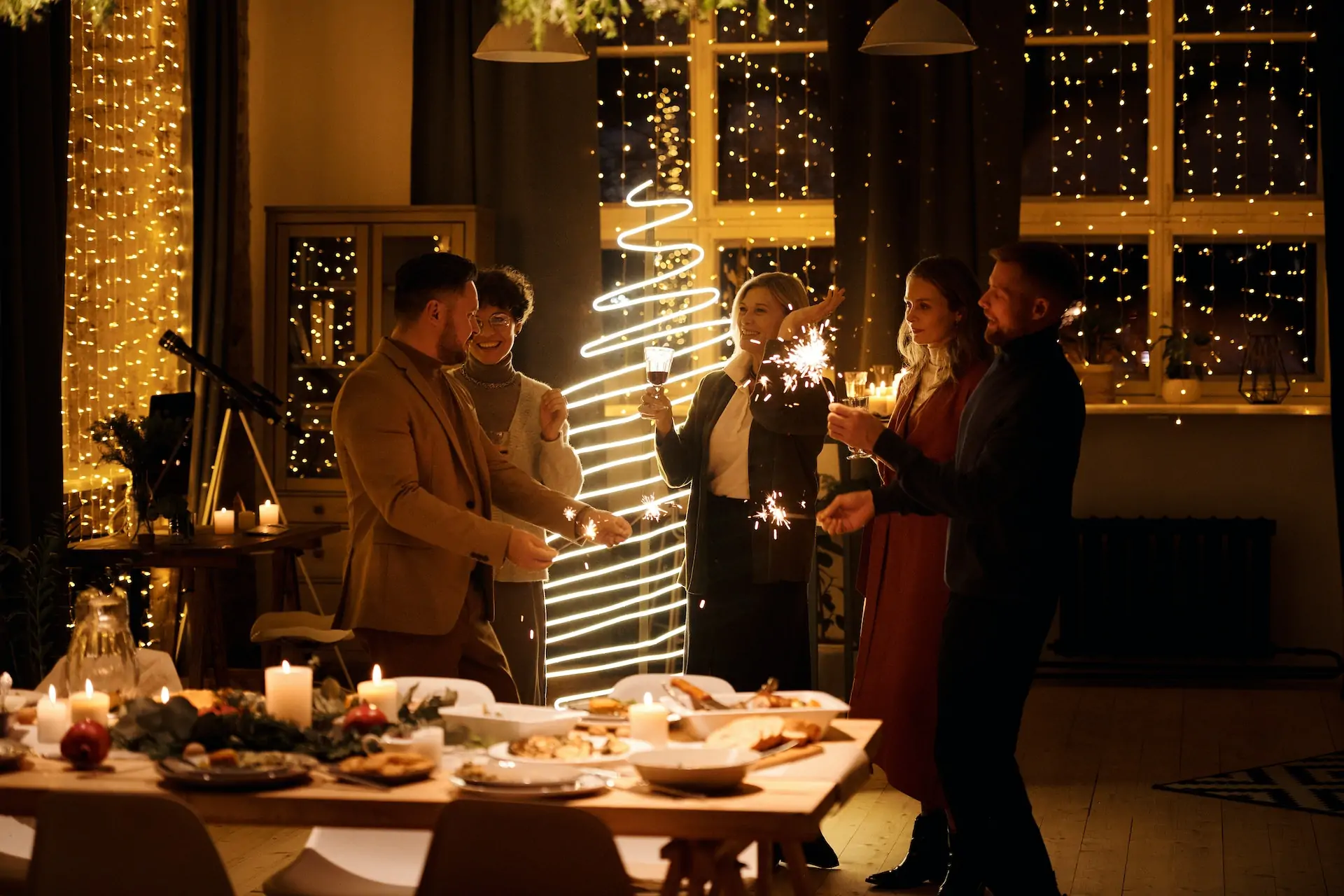Different Christmas Traditions From Around The World
7 min read
Last Modified 7 August 2025 First Added 6 October 2023

It is the season to make the most of your family time, enjoy and make new memories to last a lifetime. In this article, we will talk you through Christmas traditions around the world and hopefully inspire you with diverse ways to celebrate Christmas.
The popular season is celebrated in many ways in different countries depending on the culture, and it is remarkably interesting and inspiring to see how Christmas is celebrated across the globe.
The observance of Christmas around the world varies by country. The day of Christmas, and in some cases the day before and the day after, are recognised by many national governments and cultures worldwide, including in areas where Christianity is a minority religion.
Christmas traditions for many nations include the installing and lighting of Christmas trees, the hanging of advent wreaths, Christmas stockings, candy canes, setting out cookies and milk, and the creation of Nativity scenes depicting the birth of Jesus Christ. Christmas carols may be sung, and stories told about such figures as Baby Jesus, St Nicholas, Santa Claus, Father Christmas, Christkind or Grandfather Frost.

Naturally, different Christmas traditions mean different foods and menus depending on the country. Here is a selection of Christmas food from around the world:
Food: The family gets together for Christmas lunch or a special ‘Christmas dinner’ which is held in the early afternoon. Traditional Christmas food includes Yorkshire puddings, roast potatoes, brussels sprouts, and the famous turkey. For those with a sweet tooth, mince pies and Christmas pudding are a special treat.
Fact: At the Christmas table, people will enjoy pulling their Christmas crackers.
Food: Though sometimes fish and seafood are served on Christmas Eve. Lunch on Natale, Christmas Day, is a big family affair and a big feast with an abundance of dishes. Many family members cook together and prepare not only delicious antipasti, pre-dinner snacks, but also a large variety of dishes including lasagna or ravioli pasta, baked chicken, braised beef, stuffed veal rolls or roast pork. And then don’t forget the delicious desserts like Italian panettone! Panettone is a round dome shaped cake or bread that can have many different filings.
Fact: Most Italians give and receive gifts on the 12th day of Christmas, January 6th. A character known as La Befana, is said to bring gifts in the night to put in children’s stockings. Attending midnight mass and eating a meatless dinner on Christmas Eve is an important part of Christmas in Italy.
Food: The Christmas holiday celebrations start in Germany on Christmas Eve, when the families traditionally gather around the Christmas tree, exchange gifts, and unwrap the presents. Many families traditionally eat simple dishes such as sausages and potato salad on Christmas Eve. German Christmas desserts include Stollen, a yeast cake log with raisins as well as Christmas biscuits such as the Zimtsterne (cinnamon star biscuits).
Fact: In Germany as well as Austria, Slovenia, the Czech Republic, and Hungary, Krampus is recognised. This character will punish naughty children if they have not been good. He is the opposite of Santa.

Food: Austrians often eat a light traditional soup or sausages with Sauerkraut and roast potatoes on Christmas Eve. On December 25th Austrians enjoy fish, especially carp, or roasted duck or goose as a Christmas lunch. Vanillekipferl are a delicious Christmas time treat; the little crescent shaped almond cookies are dusted with vanilla sugar. These shortbread cookies are a proper melt-in-your-mouth treat.
Fact: In Austria, children don’t believe in Santa Claus but in the Christkind (Christ Child) who delivers presents to children.
Food: The most popular dessert in France is bûche de Noël, the Christmas log, which is a special Christmas treat the whole family looks out for. This soft sponge cake is folded like a role and filled with whipped cream or chocolate cream and often decorated with Christmas ornaments. The Réveillon de Noël is a special midnight meal on Christmas Eve or early Christmas morning. Most French families celebrate Christmas on Christmas eve (Réveillon de Noël), and exchange presents at midnight.
Fact: Homes are adorned with a Crèche. Crèche is the French word for nativity scene, and you’ll find one in every French home where the holiday is celebrated. The displays tends to be elaborate, featuring village scenes and many figurines in addition to Mary, Joseph, and Baby Jesus.
Food: The main Spanish Christmas meal is eaten on Christmas Eve like in France. The Christmas dinner includes stuffed turkey or roast chicken as well as root vegetables and mashed potatoes. An incredibly unique Christmas dessert is the Spanish Turrón. This nougat type cake includes whole toasted almonds. Turrón comes in hard and soft forms and is made with honey, sugar, and almonds. Another treat is mazapan, marzipan, which is also made with almonds and sugar and crafted in shape of fruits or figures.
Fact: Gifts are not exchanged on Christmas, as this is done only on 6 January for the three Kings celebrations (Reyes Magos).
Food: The main Christmas meal is eaten on Christmas Eve, which is 6 January. Yes, the Orthodox Christmas is not celebrated in December but on 7th January! The traditional Christmas eve dish in Ukraine is called Kutya. The dish is like porridge but crumblier due to the use of wheat kernels. It is prepared well in advance and also contains walnuts, poppy seeds, honey, and spices.
Fact: Ukrainians often decorate their Christmas trees with cobwebs. It’s believed that the webs will bring good fortune and luck for the upcoming year.
Food: In Japan, the Christmas season is the most wonderful time of the year for Kentucky Fried Chicken, or KFC, a fast-food chain. Around 3.6 million Japanese families eat KFC on Christmas Eve! Unlike many other nations, it has become a tradition to eat KFC with your family if you live in Japan.
Fact: Christmas day is not a national holiday in Japan. Because Japan is primarily a Shinto and Buddhist country.
Food: Eaten for breakfast after Misa de Gallo (Midnight Mass) on Christmas Eve, bibingka is a doughy rice flour cake incorporating coconut milk, butter, and eggs. The most luxurious versions come topped with melted cheese, salted duck egg and a generous sprinkling of grated coconut. It’s traditionally cooked over hot coals, in a clay pot lined with banana leaves.
Fact: Filipinos attend mass for nine consecutive days before Christmas, it is called Simbang Gabi.
As you can see, Christmas traditions come in all forms around the World, and it is always extremely interesting and refreshing to discover new cultures and ways of celebrating. Hopefully, this article inspired you to find your next Christmas theme and why not try celebrating Christmas with a little cultural variety twist.
Read our disclaimers.